1. Six Flags New Orleans, Louisiana
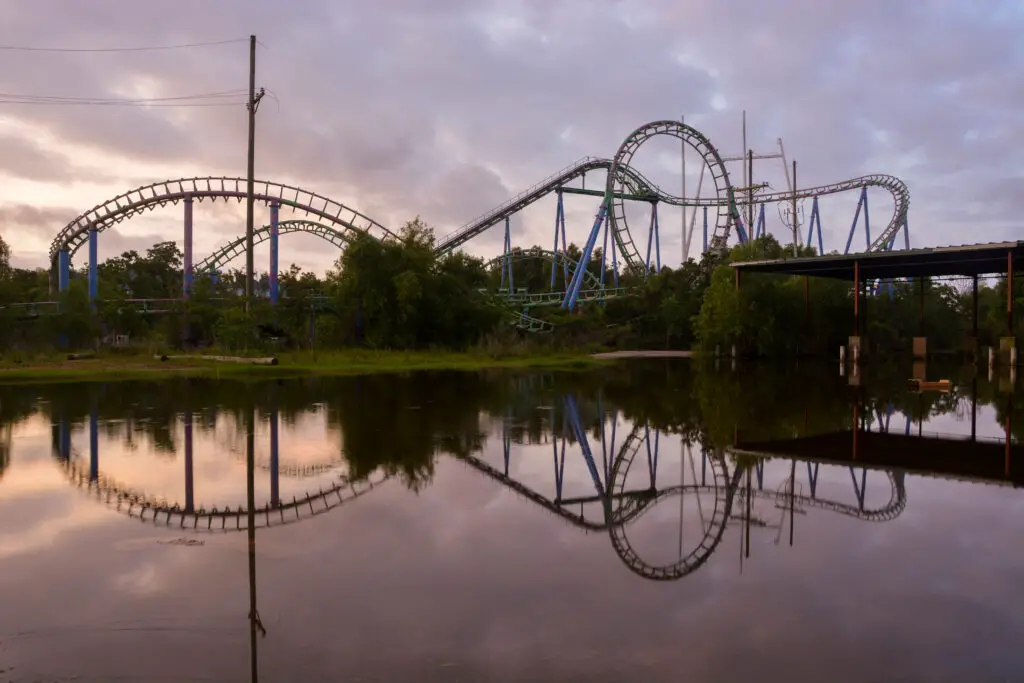
Hurricane Katrina didn’t just flood homes and businesses, it also shut down one of New Orleans’ biggest sources of family fun. When Six Flags New Orleans closed in 2005, it was supposed to be temporary, but the damage was so severe that the park was never reopened. Today, nature has taken over in a big way. Vines creep up the roller coaster tracks, trees grow through pavement cracks, and graffiti artists have claimed the haunted hallways of the once-lively buildings shares FOX Weather.
What makes it even eerier is that many of the rides are still standing, just slowly rusting under the Louisiana sun. Swampy water laps at the legs of old Ferris wheels, and alligators have reportedly made themselves at home in the flooded sections. It’s like a ghost town with a carnival theme, and that strange contrast draws in curious explorers and urban photographers. You can still spot some of the old signage if you look closely, though it’s mostly faded and worn from years of neglect adds WDSU.
2. Pripyat Amusement Park, Ukraine
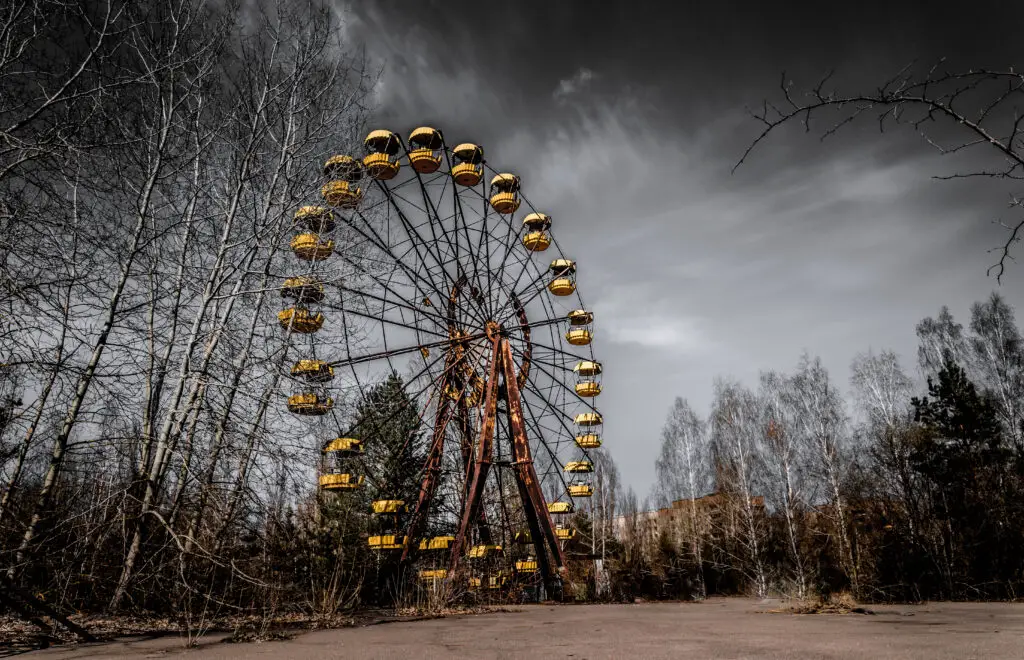
This is probably one of the most famous abandoned parks in the world, mainly because of the tragic reason behind its closure. Pripyat was evacuated in 1986 after the Chernobyl nuclear disaster, just days before the park was scheduled to open. It was meant to bring joy to the families of power plant workers, but it never got the chance. The bright yellow Ferris wheel, bumper cars, and swing rides remain completely still, never having hosted a single full day of fun says Daily Express.
In the decades since, wild grass and trees have crept over the cement walkways, and moss coats the once-colorful structures. The silence of the park is what hits you first, followed by the weight of what could have been. Radiation levels remain high in some areas, so visitors can only stay for short periods. But even in its stillness, the park stands as a haunting reminder of the lives that were abruptly uprooted adds LADBible.
3. Dogpatch USA, Arkansas
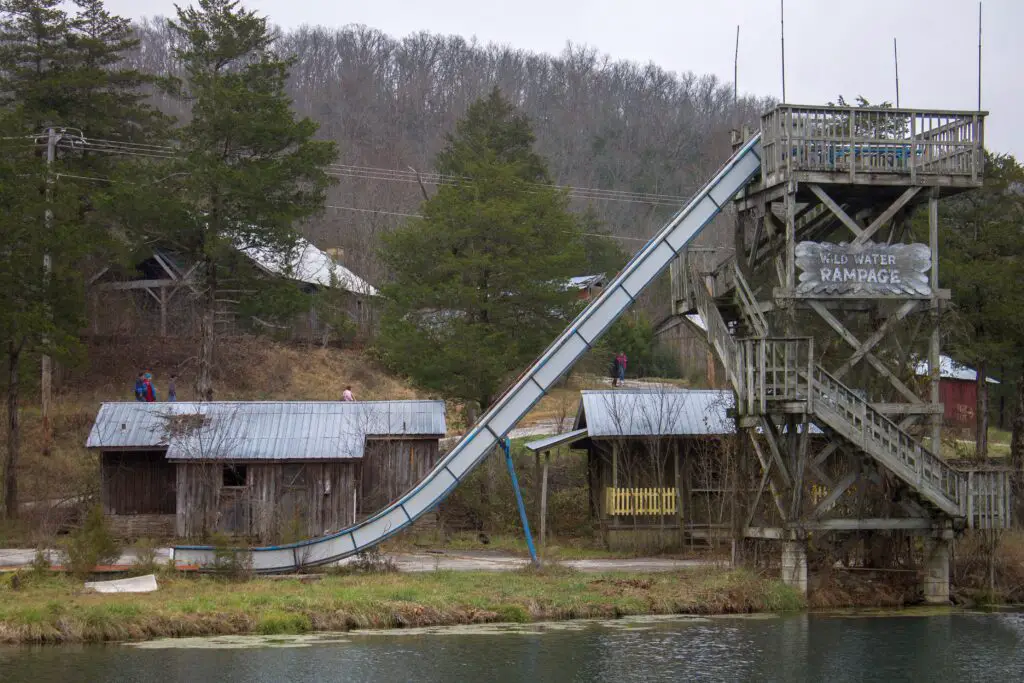
Back in the 1960s and ’70s, Dogpatch USA was a quirky park based on the Li’l Abner comic strip, and it was full of hillbilly humor, country charm, and Southern-fried entertainment. But as tastes changed and attendance dropped, the park closed in the ’90s and has sat in a slow decline ever since. Now, nature has taken over with a vengeance. Wildflowers grow through the cracks in the sidewalks, and old cartoon-themed buildings are practically swallowed by vines.
There’s something oddly peaceful about the way the forest has reclaimed what was once a noisy, busy place. Deer and other wildlife now roam where children used to run, and you might even hear a bird call echoing off the remains of the roller coaster. The contrast between whimsy and decay makes it a photographer’s dream. Every season brings a new kind of beauty to the ruins, especially in spring when nature is at its boldest.
4. Joyland Amusement Park, Kansas
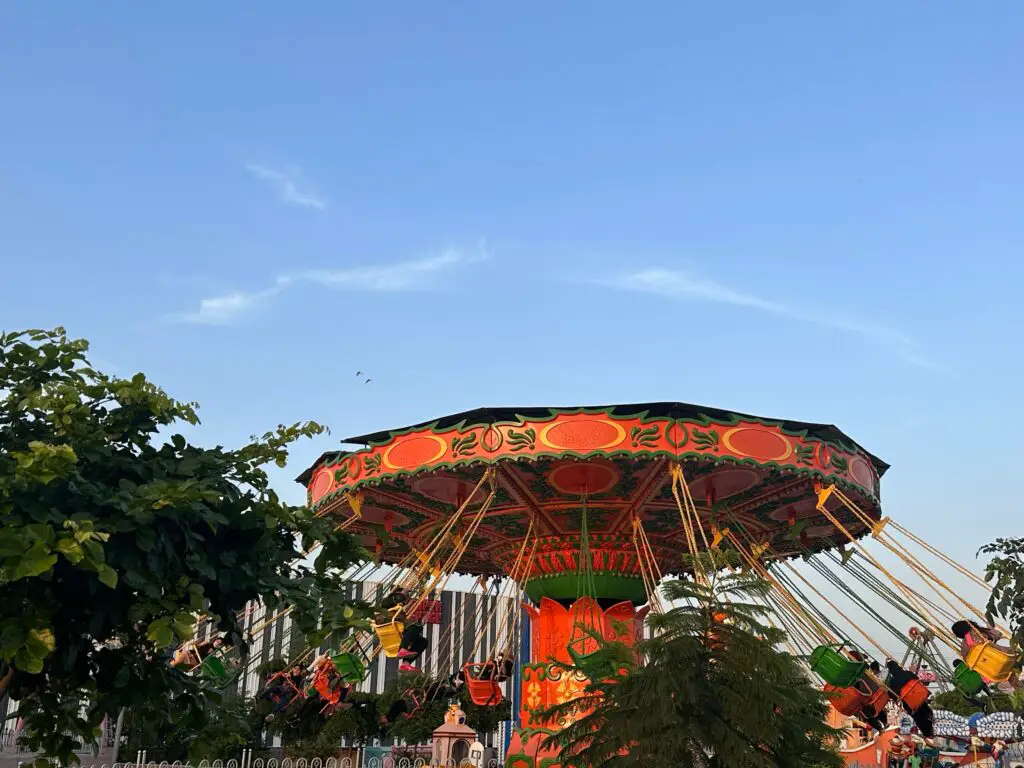
Joyland was a beloved fixture in Wichita for decades, and generations of families made memories there before it finally closed in 2006. What followed was years of abandonment, vandalism, and natural overgrowth. The iconic wooden roller coaster still stands, though it’s seen better days, and the once-happy clown murals now look a little unsettling with age and weathering. Trees poke up through the cracks in the walkways, and leaves crunch underfoot where laughter used to ring out.
For a long time, the park sat in silence, collecting rust, rot, and graffiti. A few restoration efforts were proposed over the years, but none ever fully materialized. Nature didn’t wait, though. It wrapped the park in vines, turned grassy lots into miniature forests, and made it clear who was now in charge.
5. Heritage USA, South Carolina
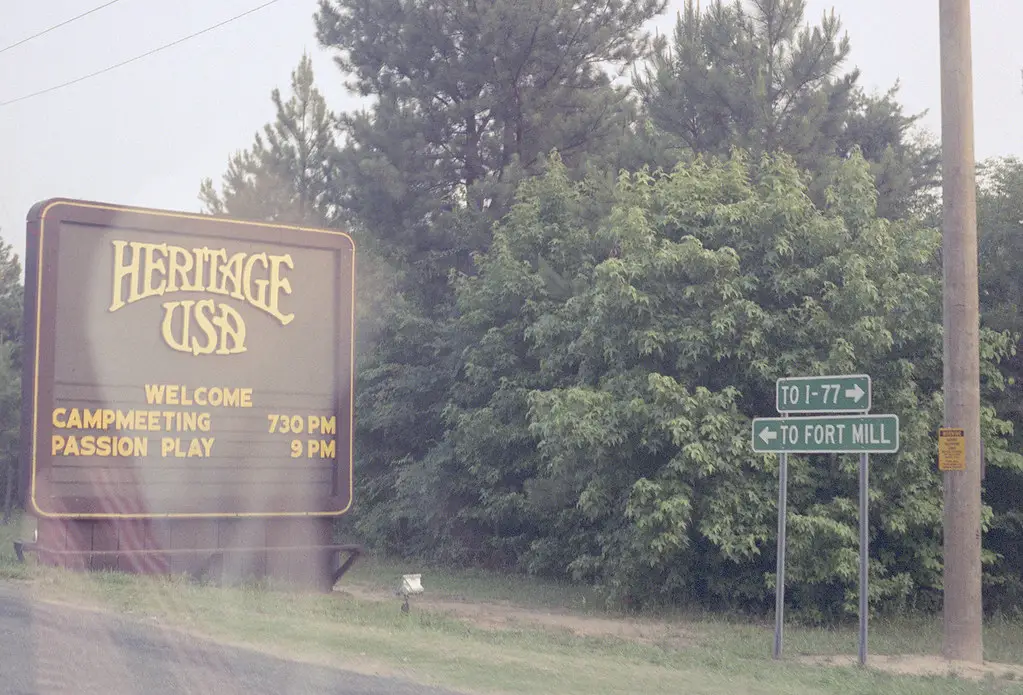
Heritage USA was once a Christian-themed amusement park and retreat built by televangelists Jim and Tammy Faye Bakker. At its peak in the ’80s, it was one of the most popular attractions in the country. But after financial scandals and a devastating hurricane, the park shut down and never recovered. What remains now is a bizarre mix of decaying water slides, moldy buildings, and nature slowly creeping in.
Over time, trees have burst through the pavement, and weeds have taken over the once-pristine landscaping. Some of the buildings have been demolished, but other parts just sit there, eerie and forgotten. Birds nest in former hotel rooms, and moss grows thick along the walls. It’s a strange sight, especially for those who remember it in its heyday.
6. Spreepark, Germany
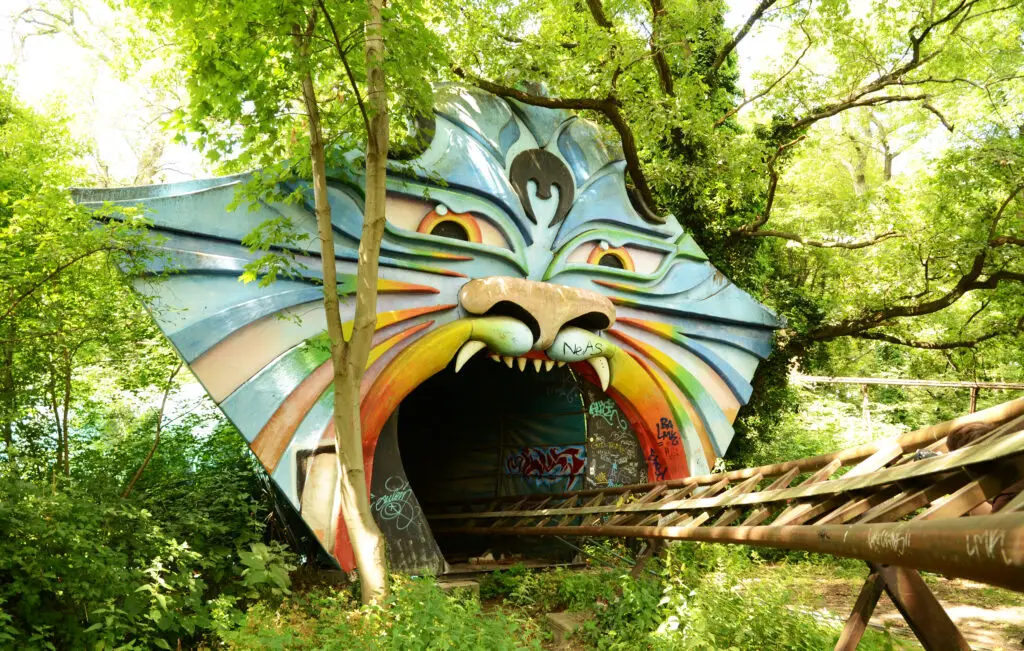
Nestled in Berlin, Spreepark opened in 1969 and had a good run before financial issues and legal troubles shut it down in the early 2000s. What’s left now is a surreal landscape of broken rides, tilted dinosaur statues, and quiet paths overtaken by weeds. One of the most haunting sights is the giant Ferris wheel, which creaks eerily in the wind. It’s like something out of a dream—or a nightmare.
The jungle gym dinosaurs are covered in moss, their eyes faded and chipped, looking like forgotten sentinels in a fairy tale forest. Ducks and foxes have made themselves at home, and local artists occasionally sneak in to leave behind a splash of color. Guided tours are sometimes allowed, giving people a safe peek into this urban relic. It’s hard not to imagine the laughter that once filled the air, now replaced by rustling leaves and the occasional crow.
7. Lake Dolores Waterpark, California
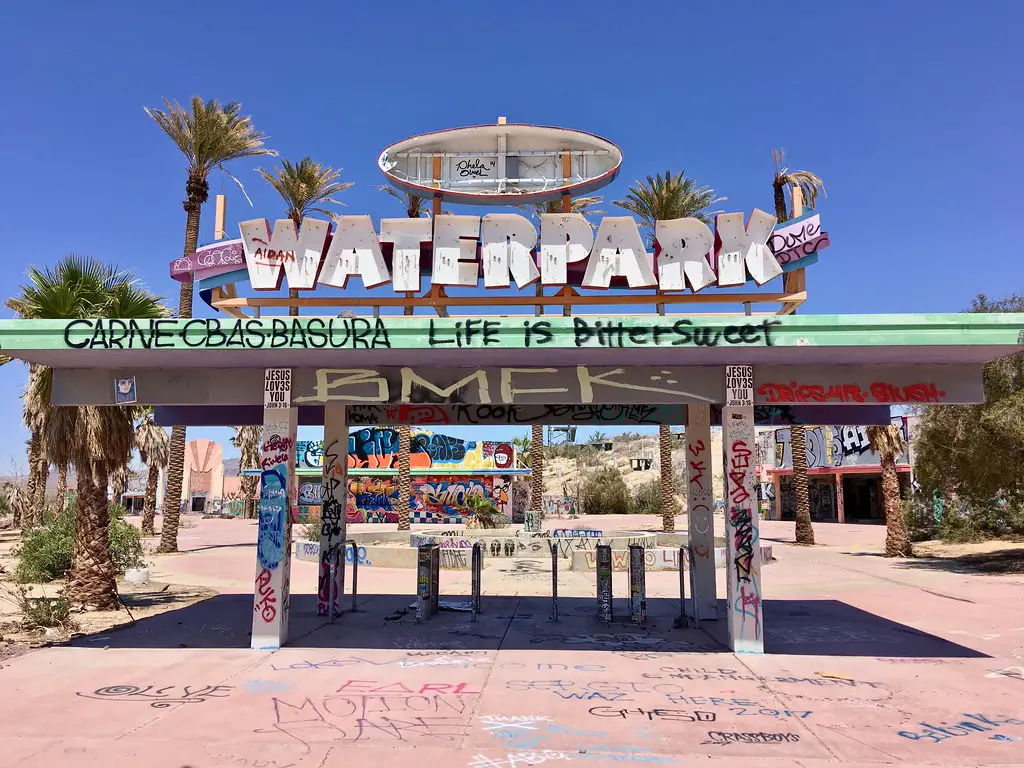
Once a roadside desert oasis for thrill-seekers in the ’60s and ’70s, Lake Dolores Waterpark has become one of the most photographed abandoned parks in America. Located in the Mojave Desert, it’s been closed for decades, and now the hot sun and dry winds have worn the park down to its bones. The colorful slides are faded, the pools are cracked and dry, and the only sounds are the howl of the wind and the crunch of gravel underfoot.
Nature in the desert works differently, but it’s just as powerful. Sand has drifted into every corner, and shrubs and cacti now stand where concession stands used to be. Occasionally, you’ll see skateboarders or graffiti artists making use of the ruins. But overall, the place has the feel of a ghost town that once promised wet, wild fun.
8. Nara Dreamland, Japan
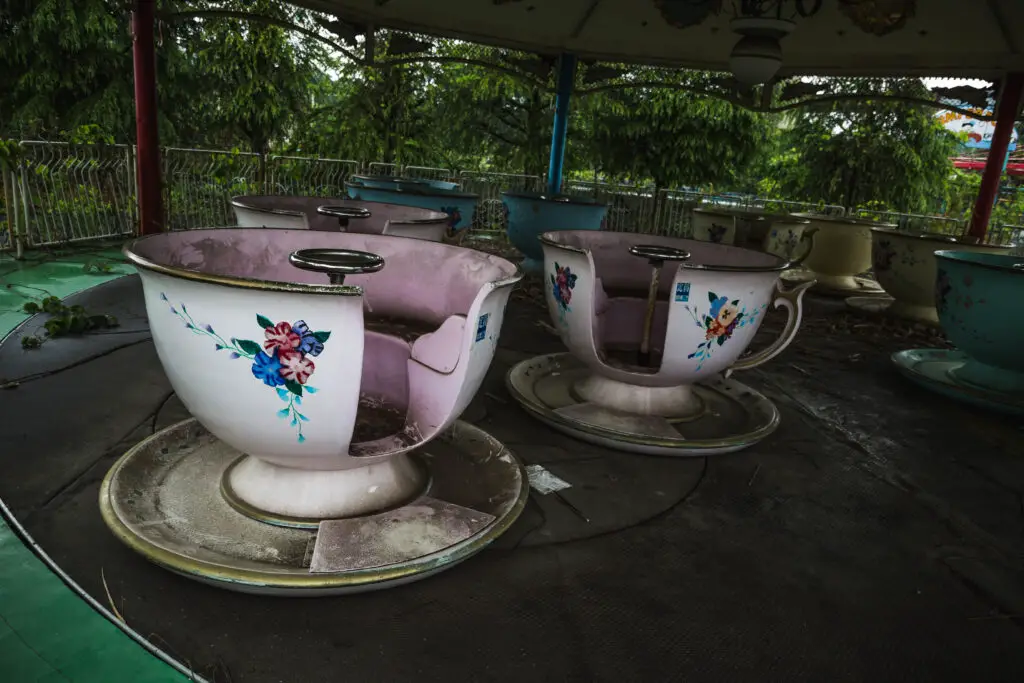
Nara Dreamland was Japan’s answer to Disneyland, opening in 1961 and offering a similar layout with its own unique twist. For a while, it flourished, but once Tokyo Disneyland opened in the ’80s, attendance dropped off fast. The park officially closed in 2006, but the rides and buildings were left behind like frozen memories. The eerie stillness of the place makes it a favorite among urban explorers.
Over time, moss grew thick over the castle turrets, and weeds sprouted along the roller coaster tracks. Nature wrapped itself around everything, turning the fairy tale dream into something more like a folktale warning. The pastel paint peeled off buildings, and silence settled where music once played. Even in its ruined state, it held a certain magic before it was eventually demolished.
9. Holy Land USA, Connecticut
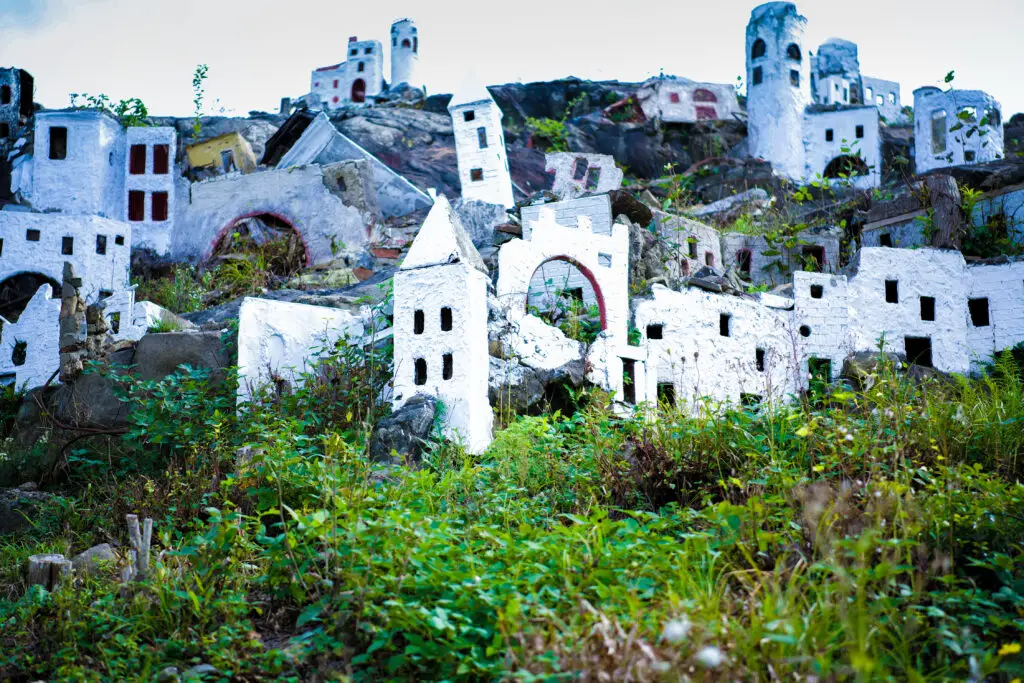
This Bible-themed park was created in the 1950s with homemade dioramas, winding paths, and mini replicas of famous biblical sites. At its peak, it drew thousands of visitors each year, but it eventually closed in the 1980s and fell into disrepair. While not a traditional amusement park with rides, it still offered an immersive, religious experience that fascinated visitors. Today, it’s become something of a curiosity.
The plaster figures are chipped and weather-worn, and ivy now climbs over once-sacred spaces. Wild plants creep into the small stone buildings, and birds roost in the replica of the Holy Sepulchre. While restoration efforts have come and gone, nature has had the final say. It’s now more of a quiet, crumbling shrine than a bustling destination.
10. Chippewa Lake Park, Ohio
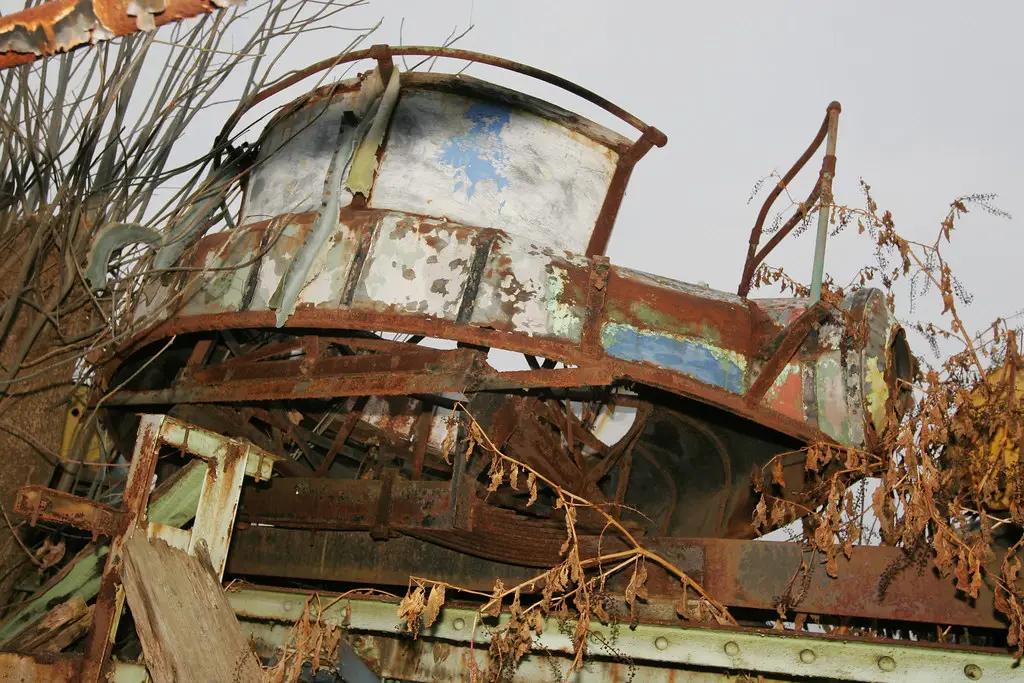
This lakeside amusement park operated for over 100 years before finally closing its doors in 1978. For decades afterward, it sat quietly decaying, untouched by developers or demolition crews. Roller coasters became wooden skeletons, and carousels froze in mid-spin, slowly being overtaken by trees and vines. The atmosphere is both romantic and eerie, like a forgotten summer dream.
Locals say it used to be the perfect family day trip spot, complete with picnics and fireworks over the lake. Now, it’s more likely to be home to raccoons and birds than families with strollers. Over the years, the forest has completely wrapped itself around the park, swallowing up pathways and playgrounds. It’s like nature gently tucked it in for a long sleep.
11. Okpo Land, South Korea

Okpo Land was once a modest amusement park on South Korea’s Geoje Island, but tragedy struck when a child died on one of its rides in the 1990s. It closed soon after, and everything was left behind, from half-finished tracks to empty bumper car lanes. Over time, grass and trees claimed the grounds, creeping into the gaps left behind by fleeing guests. The most chilling sight was a duck-themed roller coaster car perched at a dangerous tilt, as if it had stopped mid-scream.
Few dared to visit in the years after it closed, not just because of the overgrowth but because of its tragic reputation. Nature didn’t care about the stories, though. It grew over the ticket booths and past the rusted fences like it always does. The park was eventually demolished, but its legend lives on in photos and memory.
12. Wonderland Amusement Park, China
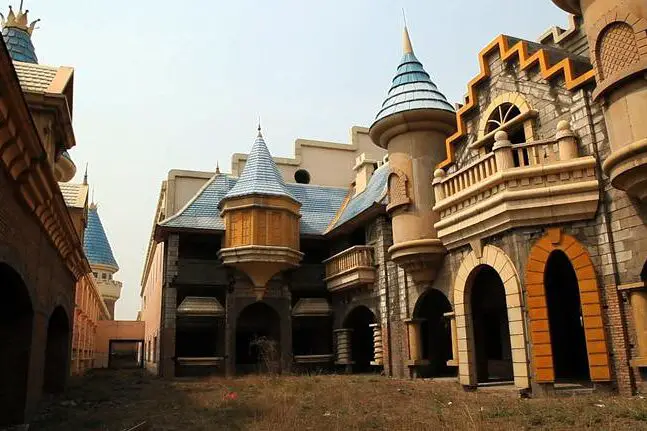
This massive park outside of Beijing was supposed to be the largest amusement park in Asia, even bigger than Disneyland. But construction halted in the late ’90s due to financial issues, and it was never finished. What was left behind looked like a fairy tale that never got its ending. Castles stood half-built, and fields grew where attractions were supposed to rise.
Over the years, farmers reclaimed the land and started growing crops around the skeletal structures. Wild grasses blanketed the area, giving it the look of a medieval ruin in the middle of a wheat field. For a while, it became a favorite photo stop for curious travelers. Though it’s since been demolished, there was a time when nature tried to rewrite the story.
